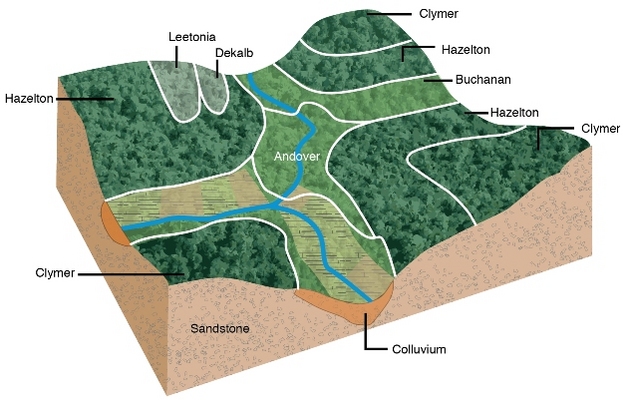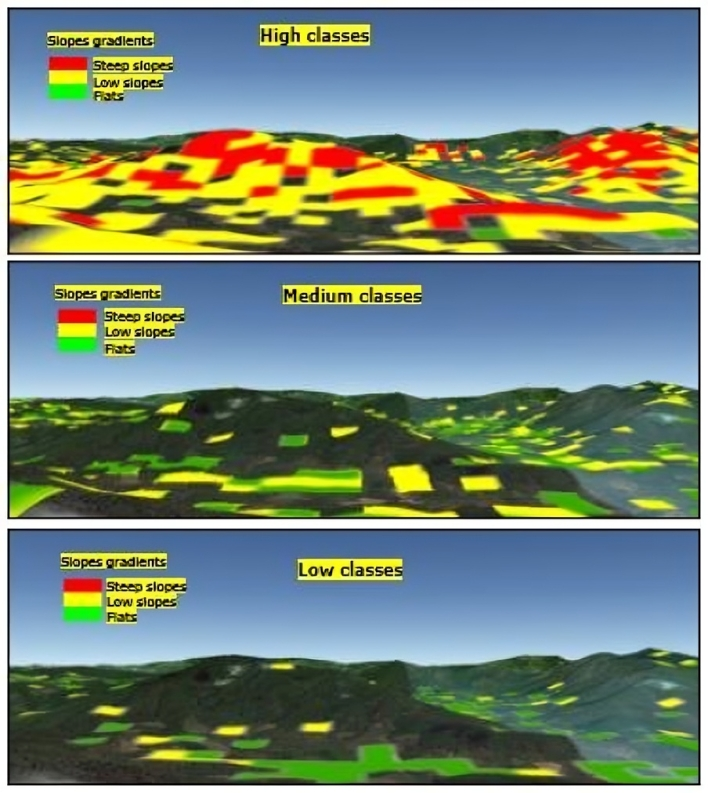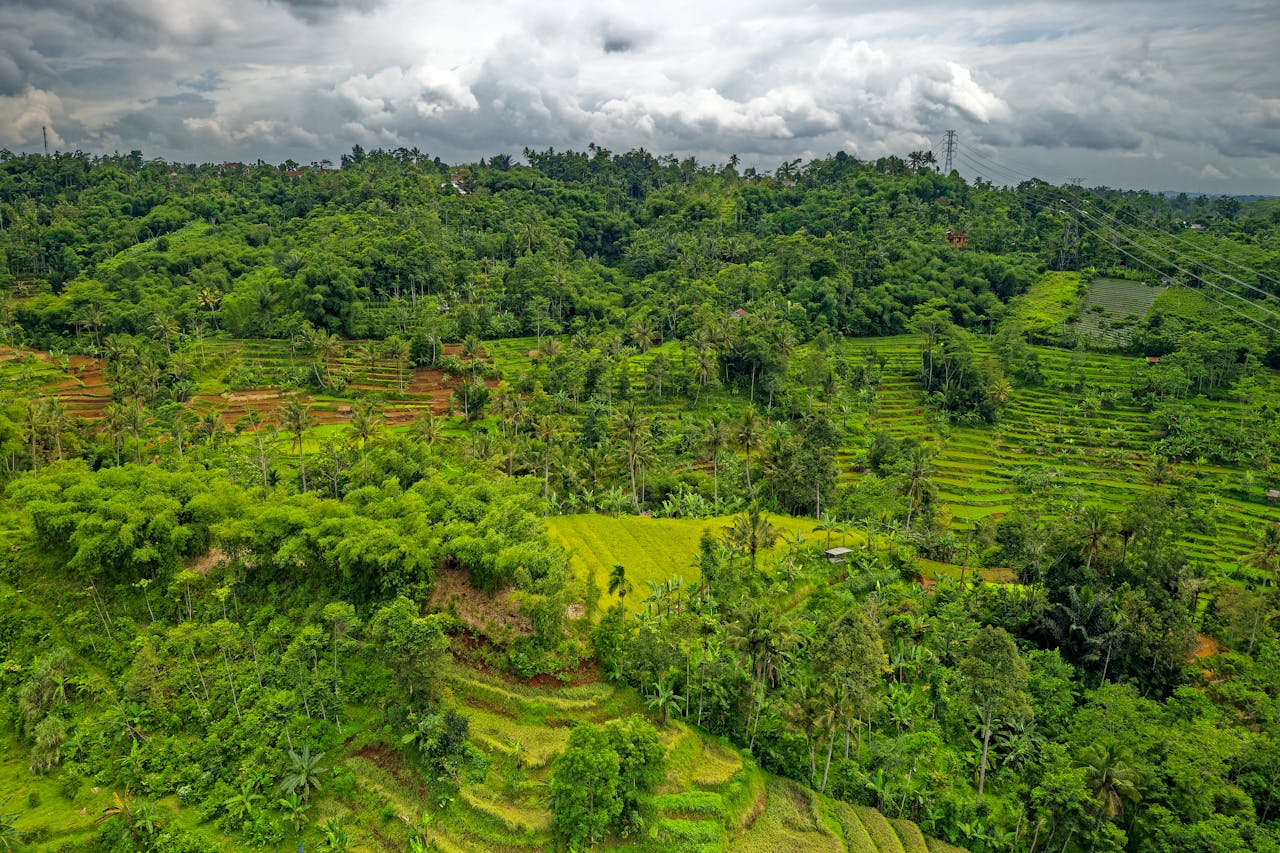Topography, the study of land features and characteristics like elevation, slope, and soil composition, is a game-changer in agriculture. If you’re wondering how these elements influence farming, you’re in the right place. Let’s dive into how understanding topography can help you make smarter decisions, optimize resources, and ultimately boost crop yields.
What Exactly is Topography?
First off, what exactly is topography? Think of it as a detailed land map, showing everything from hills and valleys to rivers and soil types. These maps aren’t just pretty pictures but powerful tools for you. By understanding the lay of the land, you can figure out the best ways to use their land, plan irrigation, and even decide which crops to plant where.

Impact of Topography on Farming Methods
So how does topography affect agriculture? The shape and features of the land dictate the farming methods used and the types of crops that thrive. Let’s break it down:
Areas with steep slopes can be challenging for conventional farming due to erosion. However, terracing can be a solution by creating flat platforms on the slopes, which reduces runoff and soil loss, making the terrain productive for farming.
Flat areas are ideal for large-scale farming operations as they are perfect for using heavy machinery and efficient irrigation systems. They are accessible, manageable, and suitable for growing staple crops like wheat, corn, and soybeans.
In hilly areas, contour farming, which involves planting along the land’s natural contours, helps reduce soil erosion and water runoff. This method promotes better water retention and soil conservation, proving that even tricky terrains can be farmed effectively with the proper techniques.
Topography and Water Drainage
Water management is a cornerstone of successful farming, where understanding the lay of the land – or topography – is paramount. How water navigates across your fields can dramatically impact your crops, and it all starts with the slope of your land.
For those working with gentle slopes, you’re in luck. This subtle incline promotes an even water distribution, caressing your crops with just the right amount of hydration. It’s a delicate balance, avoiding the pitfalls of waterlogging on one end and erosion on the other, ensuring your plants thrive without being swamped or starved.
Conversely, steep slopes present a more challenging scenario. Here, water tends to rush down with little regard for the needs of your crops, stripping away precious topsoil and the essential nutrients within it. But fear not, for this challenge is not insurmountable. The key lies in implementing thoughtfully designed drainage systems. Gravity-fed irrigation, for instance, turns the challenge of a slope into an advantage, guiding water precisely where it’s needed. Meanwhile, sprinkler or drip systems might be the heroes in the flatter expanses of your farm, delivering life-giving water efficiently across a level battlefield.
The secret to mastering water management in farming lies in understanding the unique dance of water across the varied topographies of your land. By tailoring your irrigation strategies to these nuances, you conserve this precious resource and fortify your crops against the vagaries of nature. This meticulous approach to water management ensures that your farm is not just surviving but thriving, harnessing the natural contours of your land to create a resilient agricultural oasis.
Soil Types and Topography

Topography significantly influences soil types, which in turn affect agricultural productivity. Here’s how:
– Higher Elevations: Often have rocky, erosion-prone soils with limited vegetation due to harsher climatic conditions.
– Valleys: Typically boast deeper, more fertile soils thanks to sediment deposition from higher areas. These soils are darker and richer in nutrients, making them ideal for agriculture.
Soils on hillsides are generally shallower and more prone to erosion. However, these areas can still be productive with proper management practices like contour plowing. Understanding the relationship between topography and soil types helps you select suitable crops and apply appropriate soil management practices, enhancing agricultural output and sustainability.
Ideal Topography for Agriculture
Flatlands are often considered ideal for agriculture for various compelling reasons. Firstly, these areas are usually abundant in water sources, as rivers and streams crisscross the landscape, providing a steady water supply for irrigation. Secondly, the soil in flatlands tends to be exceptionally fertile, enriched by silt and nutrients deposited by rivers during flooding events. This natural process significantly enhances the soil’s fertility, making it more conducive to crop growth. Lastly, the climate in low-altitude flatlands is another advantage, typically characterized by warmer and more stable weather conditions. This favorable climate further supports agricultural activities, making flatlands a preferred choice for farming.
In contrast, highlands face challenges like limited water sources, nutrient-poor soils, and colder temperatures, making them less suitable for many types of agriculture. However, with the proper techniques and management strategies, even challenging terrains like steep slopes and highlands can be transformed into productive farmland.
Practical Topographical Analysis with Terra Agri Mapping Drone Services
Understanding how topography affects agriculture is critical to successful farming. Whether dealing with steep slopes, flatlands, or highlands, knowing how to leverage the land’s natural features can make a massive difference in crop yields and sustainability.
If you want to dive deeper into topography for agriculture, consider consulting with Terra Agri. Our expertise in topographical analysis and agricultural solutions can help you make the most of your land and achieve tremendous success in farming. Unlock the potential of your land with Terra Agri mapping drone services and take your farming to new heights.

